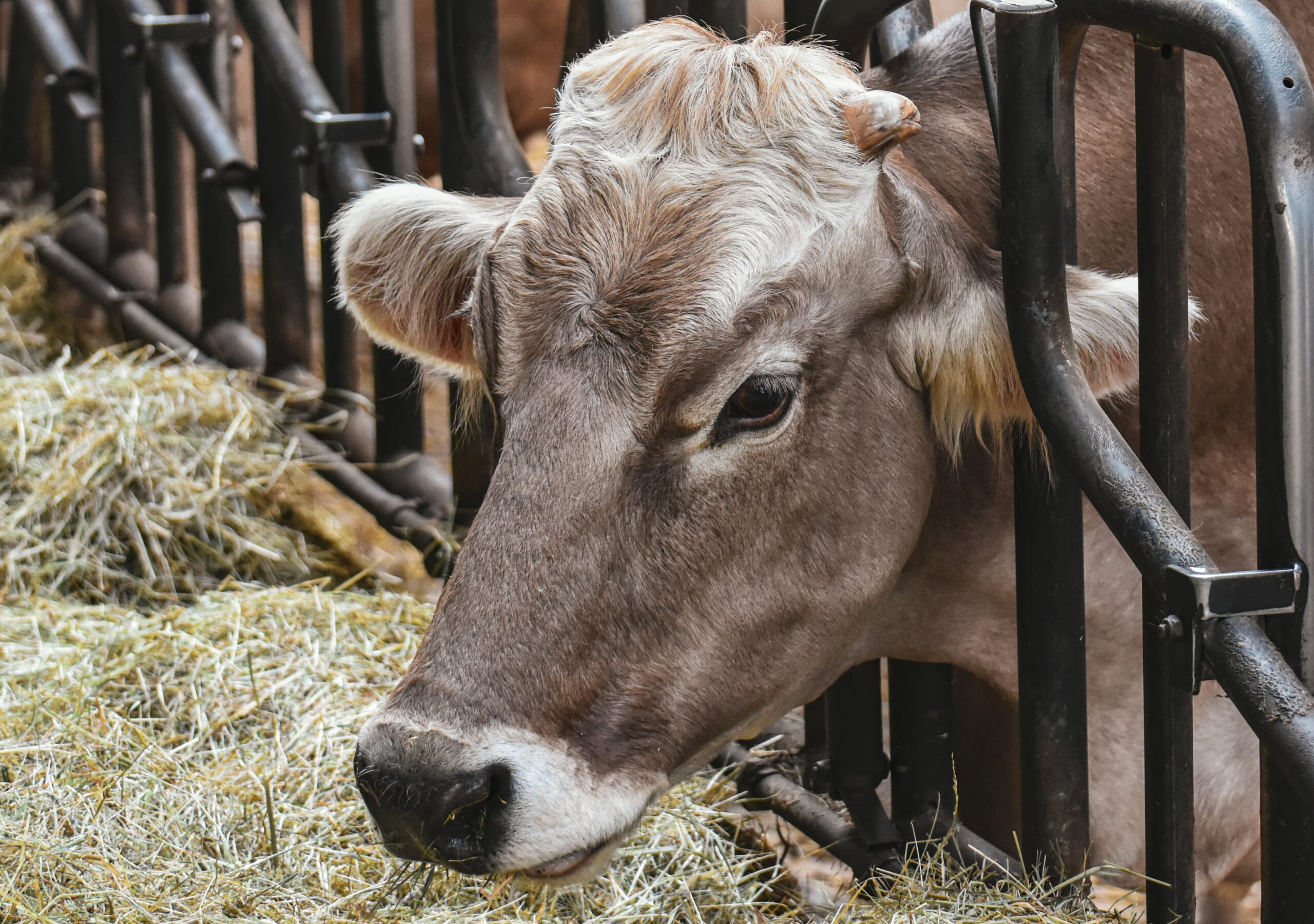How you feed hay this winter is more important than ever

GALENA, Mo — With a shortage of standing forage for cattle and the low availability of hay, it is more important than ever this winter to reduce waste when feeding hay.
Hay waste is normal, but University of Missouri Extension agronomy specialist Tim Schnakenberg says it can be controlled and minimized.
There can be considerable loss when livestock producers feed large round or square hay bales, Schnakenberg said. Research shows that losses from improper feeding of hay bales can be as high as 40%, depending on how hay is presented to the cows, he said. Feeding losses may be more typically around 10% to 20%. A 20% loss can make a $60 bale of hay cost $72 by the time it is fed.
Some believe hay can make great bedding for cattle and calves during cold weather. While true, it makes for some very expensive bedding, Schnakenberg said. Even poor-quality hay this year was expensive to roll up.
In a press release, Schnakenberg said, “There are several methods producers can use to minimize losses when feeding round bales. At the very least, use a bale ring to restrict full access to the hay and minimize cattle stomping on hay and making bedding out of it.” In one MU study, using rings kept losses to about 5% whether feeding a one-day supply or a seven-day supply of hay. Rings or racks are crucial for producers who do not choose to feed cattle on a daily basis he said.
“Be sure to purchase enough rings so all cows can eat at the same time,” Schnakenberg said. “If you have 50 cows and your rings have 10 spaces for feeding, five rings are needed. If you do not have adequate space, the aggressive cows crowd out the timid cows, forcing them to eat lower-quality hay.”
The type of feeder can make a big difference in the degree of hay loss. Studies on types of ring feeders by MU, Oklahoma State University and Michigan State University found very similar results when feeding grass hay. In the MU study, an open-bottom ring feeder resulted in a 20% loss of hay. A sheeted-bottom ring feeder had a 13% loss, and a cone feeder resulted in only a 5% loss. The studies found that having a sheeted ring around the base made a huge difference in all cases.
While cone feeders are much more expensive, they can be worth it in the long run, Schnakenberg said. “If you can drop hay losses 8%-15%, that extra cost starts to be made up in hay remaining for cow consumption. These feeders also have a longer life, support heavier bales and have been found to keep cattle from pulling hay off the top and dragging it into the mud. Since they have a longer life, you can spread the investment of that feeder out over more animals.”
One of the best ways to reduce losses is to feed hay in small amounts. This gives cattle less opportunity to trample hay and make it unappealing for consumption. This requires some calculations of how much hay per animal is needed, factoring in potential losses associated with your feeding method. There are some who will unroll hay every day or even twice a day, making cows finish all the hay before they get more. This is the most efficient way to feed hay, but it takes more labor.
Bale unrollers are quite popular, and some producers use bale choppers that leave windrows of hay on the ground. These approaches work very well for distributing manure around the farm by moving the hay feeding to different locations each day. The practice also allows both aggressive and timid cows to eat together more efficiently. The losses can vary greatly from farm to farm depending on how this practice is done.
“If producers use these methods, it is imperative to not feed more hay than your cows can consume in a day,” Schnakenberg said. Otherwise, hay losses may be more than 40%, according to one MU study. In this case, seven days of hay was unrolled. In comparison, daily amounts fed at one time resulted in about a 12% loss in that study.
Finally, it’s very important to feed in a well-drained area. A pad or an elevated surface for feeding is best. Keeping the area dry helps with body condition. “It has been determined that cow body condition can begin to drop in 8 inches or more of mud,” Schnakenberg said. “The most recommended way is to move the feeding area around the farm to better distribute manure and minimize excess mud.”
For more information, contact your local MU Extension center.
Miss Clipping Out Stories to Save for Later?
Click the Purchase Story button below to order a print of this story. We will print it for you on matte photo paper to keep forever.

